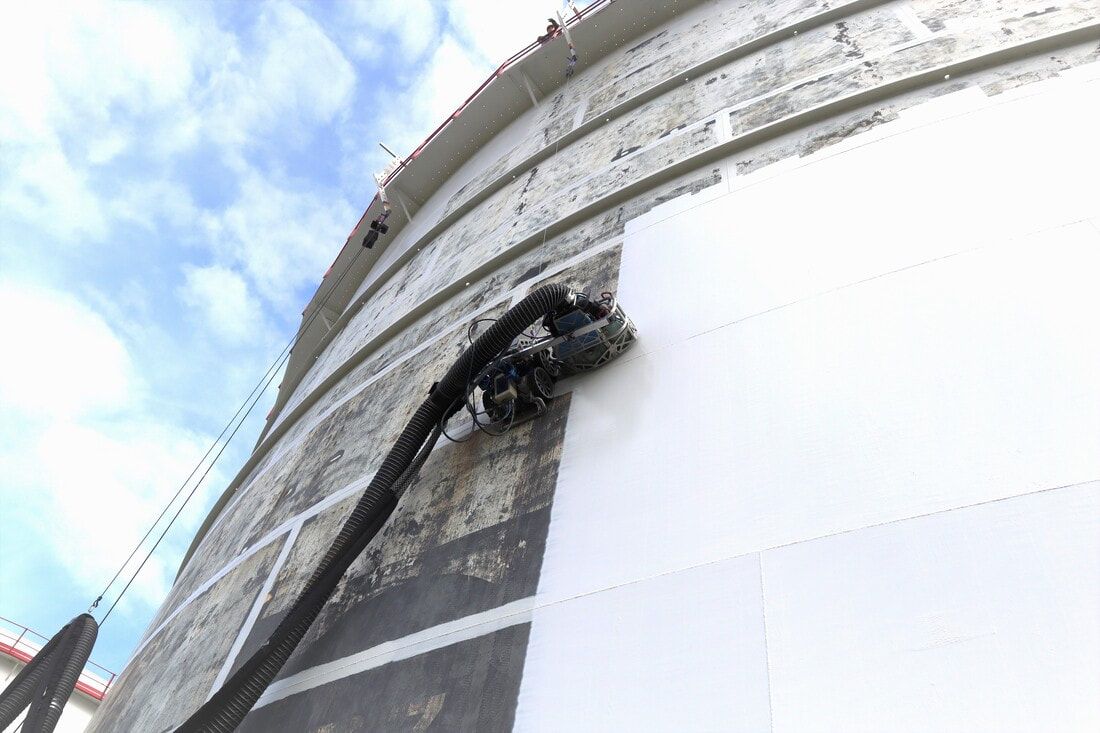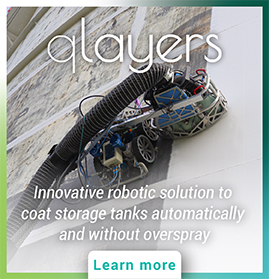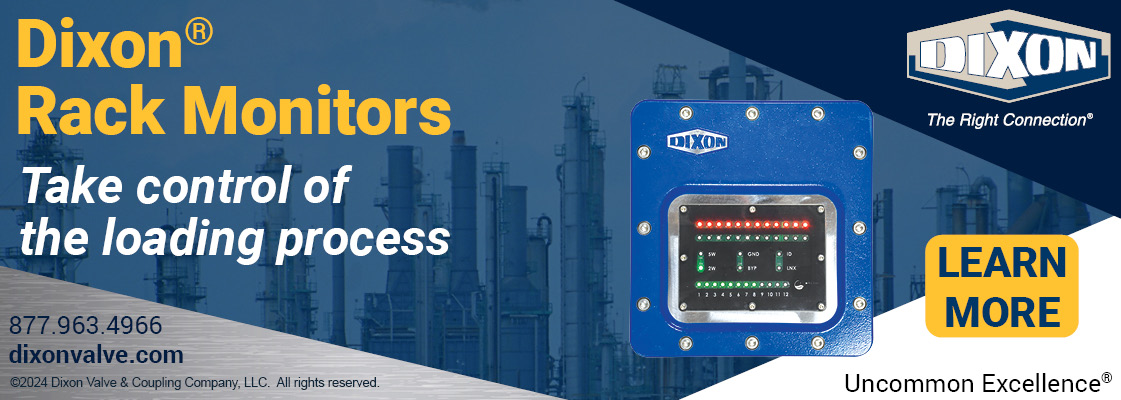A tank’s durability and total lifecycle are often influenced by the degradation caused by the corrosion. According to the Environmental Protection Agency (EPA), corrosion is the leading cause of the failure of aboveground storage tanks.
Most storage tanks are made from steel, an alloy susceptible to corrosion damage. Steel tanks are prone to rusting in the most vulnerable areas without the proper protection mechanisms in place.
In addition to ruining the aesthetics of the storage tank itself, corrosion damages can severely compromise the tank’s structural integrity. This can cause leakage and spills that contaminate the surroundings or the stored materials inside the tank, posing a significant threat to the environment and public health & safety.
To prevent the risks mentioned above, EPA regulations require industrial tank owners to take the necessary corrosion prevention measures such as regular inspection and maintenance plans to detect the corrosion and keep it at bay before it becomes a major problem.
Corrosion-related issues can create a significant financial burden for asset owners as they often require major repairs and asset downtime, ultimately resulting in ample time, labour, and capital.
To mitigate and prevent the effects of corrosion, we must first understand how it takes place.
Several factors influence the rate and severity of tank corrosion, including environmental conditions, the tank’s construction, the length of exposure to moisture, and undesirable temperature ranges.
One of the most common causes of tank corrosion arises from the inconsistent coating layers, which cause some surface regions to be more vulnerable to corrosion damage. Varying (uneven) layer thickness is a problem that is frequently caused by improper coating application methods.
Storage tank corrosion can be controlled and mitigated by numerous methods, ranging from new and innovative technology, such as cathodic protection and corrosion inhibitors, to a more traditional and historically proven method – coating.
The primary function of protective tank coatings is to create a barrier that prevents natural elements such water and dirt from coming into contact with the metal substrate. However, improper coating application and inconsistent paint layers can cause the surface coating to fail, resulting in localised corrosion on the tank.
The risk of a coating failure due to low quality or wrong application is too costly. A coating failure costs thousands of dollars in asset downtime, repair or replacement, and a violation of environmental regulations for contaminating ground or waterways in case of tank failure or leakage.
The current coating methods (manual spraying and rolling) cannot guarantee consistency as well as the quality of coating layers. Moreover, manual coating techniques are also harmful to the environment and wasteful due to the high amount of overspray. These techniques also put workers in hazardous conditions of working at heights and in direct contact with harmful chemicals.
New emerging technologies and advances in the realm of application methods can provide significant benefits for coating personnel and contractors by improving the efficiency, safety, and reliability of repair and maintenance projects.
To this end, Qlayers has introduced a new innovative robotic solution, the 10Q robot, for coating tanks efficiently and without overspray. Qlayers’ mission is to revolutionise coating application techniques and enable tank owners to preserve their valuable assets against corrosion damage using an automated, highly accurate robotic solution.
The 10Q system includes a magnetic crawler with a mounted spray shielding system (hood) and the trailer that is the smart connection between the operator and the crawler. The 10Q robot is able to coat the tank exterior wall with a speed of up to 200 m2/h, which is faster than a job done by six painters using rollers.
The user interface software (on the trailer) gives the operator the possibility to set and control various aspects of the coating process, such as pressure, application speed and (paint) temperature, before the coating operation begins. During the coating application, the operator can drive the robot using a user-friendly controller and from a safe distance on the ground, coating the tank lane by lane.
The unique patented spray shielding system (hood) is responsible for preventing overspray from releasing into the environment during the application process. Due to the smart design of the hood, the transfer efficiency during the application process is increased to up to 90 percent, with a guaranteed consistent result in the wind force of up to 4bft.
Qlayers’ novel coating technology “enables the contractors to carry out the tank (re)painting projects with higher accuracy and efficiency. In addition, the consistent automated performance makes it possible to predict degradation better, resulting in lower maintenance costs, less downtime for repairs, and an overall increase in the tank lifespan in the long run.”
For more information visit www.qlayers.com


![ISO Services Storage Terminals Magazine 1100×614[7]](https://storageterminalsmag.com/wp-content/uploads/2021/02/ISO-Services-Storage-Terminals-Magazine-1100x6147-1.jpg)

















